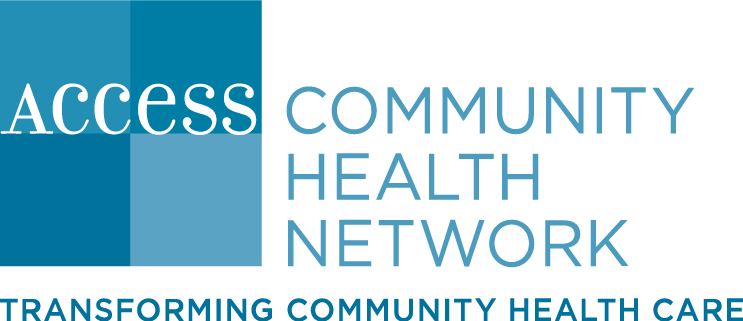Migraine or Headache? Warning Signs, Triggers and Treatment
July 18, 2019
Let’s face it. Throbbing pain from a headache or migraine can be a major disruption in your daily life and can affect your work and everyday responsibilities. According to the American Migraine Foundation, more than 1 billion people worldwide suffer from a severe form of headaches called migraines. , Understanding the difference between a headache or migraine is an important step in treating the pain. Below, we will discuss the signs, causes, and treatments of migraines below.
What is the difference between a migraine and a headache?
A headache is typically present on both sides of the head and is less severe than a migraine. A migraine is a more extreme headache. It is typically on one side of the head and can last for hours or even days. According to The Mayo Clinic, It causes severe throbbing and a pulsing sensation accompanied by intense pain making performing daily tasks very difficult. Other side effects of migraines can include nausea and sensitivity to light and sound, some people may even experience vomiting.
Signs that you may get a migraine
Some people may get signs of a migraine attack days before they occur. Some people experience auras, which are visual disturbances, such as flashes of light or blind spots. Other symptoms of an upcoming migraine include stiff neck, frequent yawning, constipation, and increased thirst.
What causes migraines?
Although no one knows for sure what causes migraines, researchers believe family history, sex, and age can be a major factor. Genetics seem to play a role - nearly 1 in 5 women will suffer from migraines in their lifetime, while 1 in 16 men are affected. Most people who frequently get migraines began having them during childhood. According to the U.S. Library of Medicine, there are also a number of factors that can trigger a migraine. These include:
- Stress and anxiety
- Hormonal changes for women
- Bright and flashing lights
- Extremely loud noises
- Strong smells
- Certain medicines
- Too much or not enough sleep
- Sudden changes in weather
- Too much physical activity
- Skipping meals
- Tobacco
- Caffeine
Certain foods and beverages can also cause migraines. These include, but are not limited to:
- Alcohol
- Chocolate
- Aged cheeses
- MSG
- Fruits
- Nuts
- Pickled foods
- Processed meats
Treatment
There is currently no cure for migraines, but over-the-counter and prescription medication can help with the pain, severity and frequency of migraines according to the American Academy of Family Physicians.
Some lifestyle changes can also help. These include:
- Drinking plenty of fluids
- Regular sleep schedule
- Healthy diet
- Relaxation
- Avoiding stress
- Regular exercise
Access Community Health Network
If you are suffering from migraines, the experts at ACCESS can help. You do not have to suffer any longer. Our team of health care professionals can diagnose you and figure out your best course of treatment. Visit our website to find your local ACCESS health center and schedule an appointment today.
As of March 23, 2023
